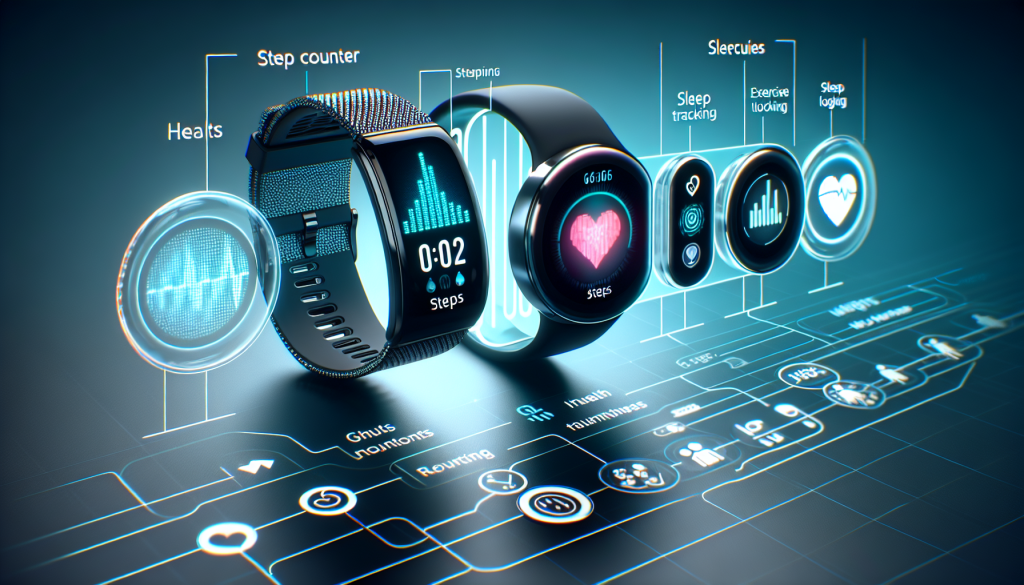
Beyond Step Counting: Wearables as Personal Health Assistants
Beyond Step Counting: Wearables as Personal Health Assistants
The rise of wearable technology has revolutionized the way we track and monitor our fitness and health. From counting our daily steps to monitoring our heart rate, wearables have become an integral part of our daily lives. While step counting has been the most popular feature of wearables, these devices are capable of much more than just tracking our physical activity. In fact, wearables are evolving into personal health assistants, providing us with a holistic view of our overall well-being. In this article, we will explore the various ways in which wearables are going beyond step counting and becoming our personal health assistants.
Tracking Physical Activity
Wearable devices, such as fitness trackers and smartwatches, use sensors like accelerometers and gyroscopes to track our daily movements and physical activity. This data is then analyzed to provide us with valuable insights about our activity levels, such as the number of steps taken, distance traveled, and calories burned. This feature has been the main selling point of wearables and has encouraged people to be more physically active. However, as wearables become more advanced, they are now able to capture a wider range of data to provide a more accurate picture of our overall health.
Monitoring Vital Signs
With the advancement in sensor technology, wearables are now capable of tracking and monitoring our vital signs, such as heart rate, blood pressure, and even blood oxygen levels. This information can be continuously collected and analyzed to detect any abnormal patterns or fluctuations, providing us with early warnings of potential health issues. With this feature, wearables function as a personal health assistant, alerting us to any changes in our health that may require further attention.
Improving Sleep Quality
Many wearables now come equipped with sleep tracking features that monitor our sleep patterns, such as the duration and quality of our sleep. This data can help us identify any sleeping disorders or habits that may be affecting our overall health. With feedback and recommendations provided by these devices, we can make necessary adjustments to improve our sleep and ensure we get the rest we need for optimal health.
Mental Health Monitoring
Our mental well-being is just as important as our physical health, and wearables are now expanding their capabilities to monitor this aspect as well. Some wearables can track our stress levels, breathing patterns, and even mood fluctuations. This data can help us identify triggers and patterns that may affect our mental health and take the necessary steps to manage and improve it.
Medical Assistance
As wearables become more advanced, they are becoming an essential tool for medical professionals as well. Wearables equipped with medical sensors and apps can provide real-time data to healthcare providers, allowing them to monitor patients remotely or during in-person visits. This enables doctors to make more accurate diagnoses and provide personalized treatment plans based on a patient’s ongoing health data collected by their wearable devices.
Conclusion
Wearables are more than just a device for tracking our daily steps, they have evolved into personal health assistants that can provide us with valuable insights into our overall health and well-being. With the continuous advancements in technology, the capabilities of wearables will only continue to improve, making them an invaluable tool for maintaining and improving our health. So, if you haven’t already, it’s time to embrace the use of wearables as personal health assistants and take control of your health like never before.
